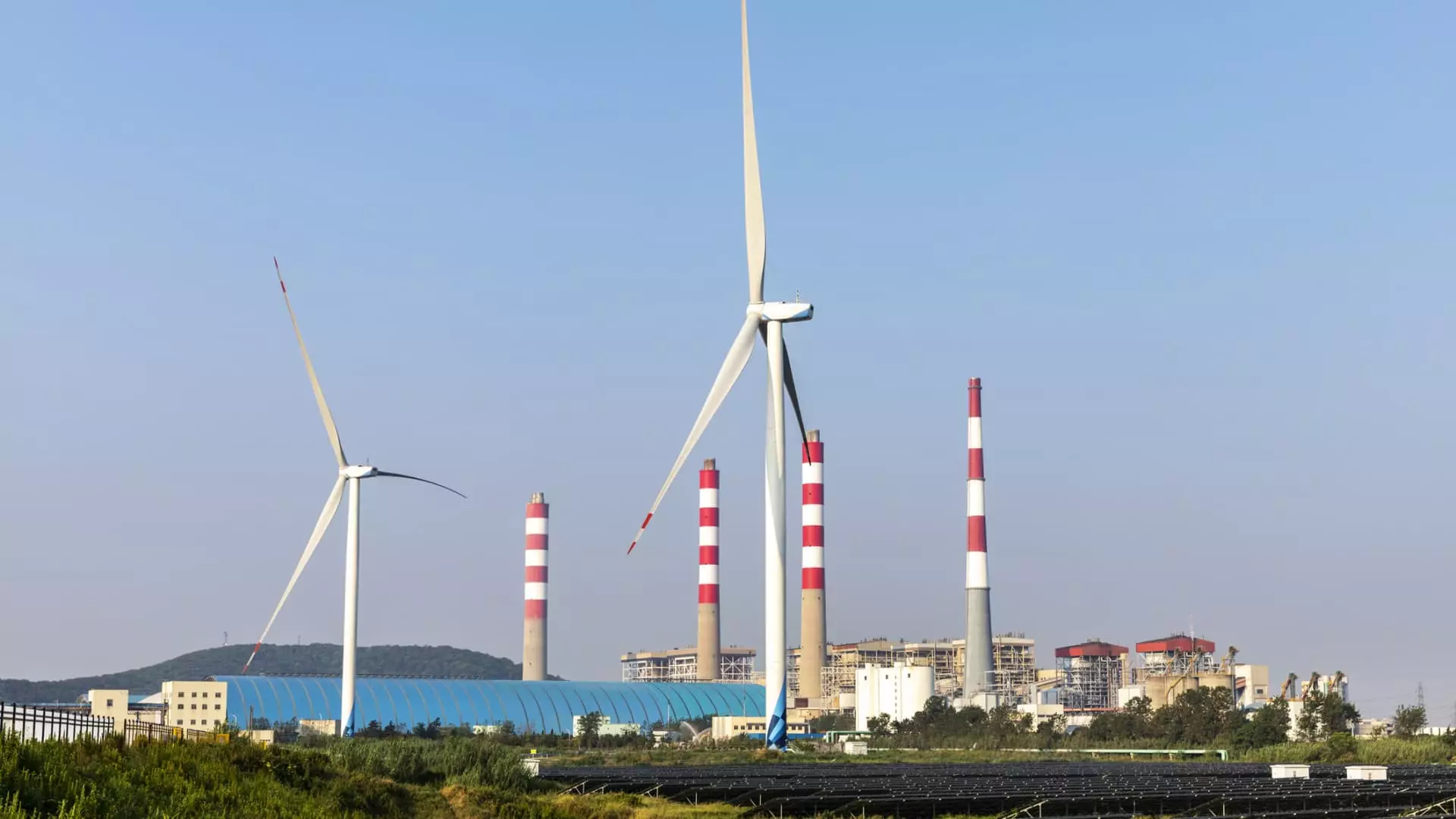The United States has set ambitious goals for wind power generation by 2030, with the Biden administration aiming to generate 30,000 megawatts of wind power within the next five and a half years. However, the nation is currently producing less than 1% of the desired wind power. The key to catching up lies in the completion of an enormous installation vessel named the Charybdis, which is about 89% built and expected to be ready next year. The Charybdis, with a capacity to transport 12 blades at a time, will play a crucial role in accelerating offshore wind energy projects in the U.S.
One of the significant hurdles in offshore wind energy development in the U.S. is the Jones Act, a 100-year-old maritime law that requires cargo shipped within the U.S. to be carried by an American vessel. This has posed logistical challenges for transporting wind turbine parts from shore to installation sites miles off the coast. The completion of the Charybdis will address this issue, as it will be capable of meeting the Jones Act requirements and transporting components directly from the coast to offshore wind farm sites.
Despite the potential of offshore wind energy, project delays and cancellations have been prevalent, largely due to supply chain snags, rising interest rates, and regulatory hurdles. The Federal Reserve’s decision to raise interest rates has made it more expensive to finance large construction projects like wind farms, leading to challenges for developers. Companies like Orsted have canceled projects off the coast of New Jersey due to changing macroeconomic factors, highlighting the impact of rising costs on wind energy investments.
The Biden administration has recognized the challenges facing the wind energy sector and has introduced tax credits in the Inflation Reduction Act to offset rising costs. The administration’s goal of 30,000 megawatts of wind energy is ambitious but backed by significant investments in offshore wind development. The Energy Department has allocated nearly $6 billion towards offshore wind projects, including investments in manufacturing sites and ports. These initiatives aim to spur further development in the wind energy sector and pave the way for achieving the administration’s renewable energy targets.
Overall, while the U.S. has lagged behind Europe in wind power generation, the completion of the Charybdis and government support for renewable energy projects signal a positive outlook for the future of wind power in the country. By addressing logistical challenges, regulatory obstacles, and financial barriers, the U.S. can leverage its vast offshore wind resources to meet its clean energy goals and transition towards a more sustainable energy future.

Leave a Reply